Introduction
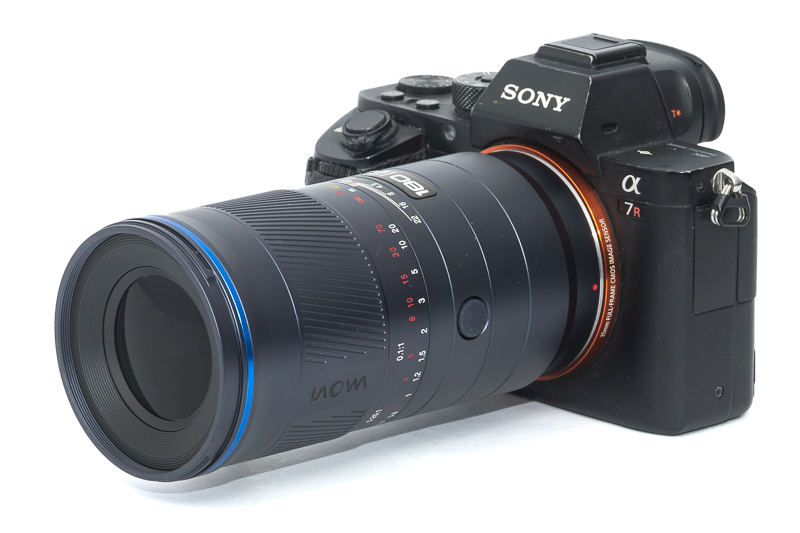
Compact 180-200mm primes are pretty much dead today and have been replaced by bigger and heavier zoom lenses. Personally, I have been hoping for a modern incarnation of something like the Voigtländer 180mm 4.0 SL Apo-Lanthar or the Sigma 180mm 5.6 Apo Macro for a long time. In 2025 Laowa released this Laowa 180mm 4.5 1.5:1 Apo Macro. Is this the versatile tele prime we have been waiting for? Let’s try to find out in this review.
Sample Images
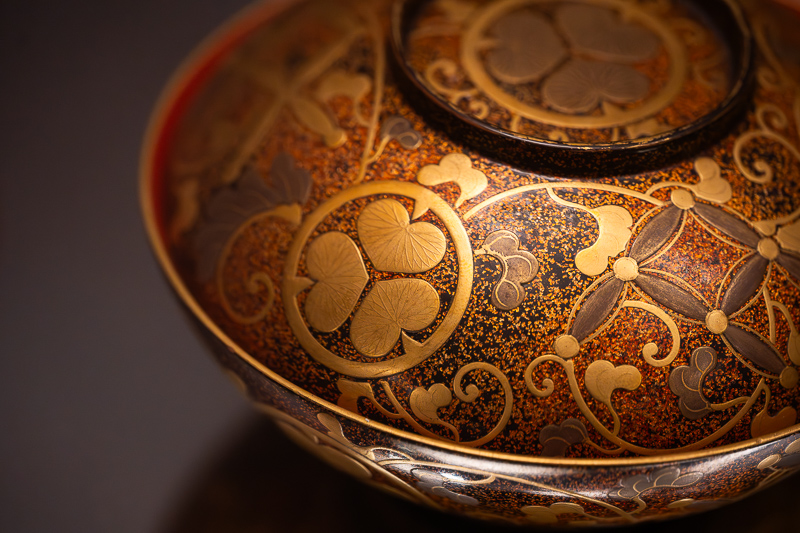


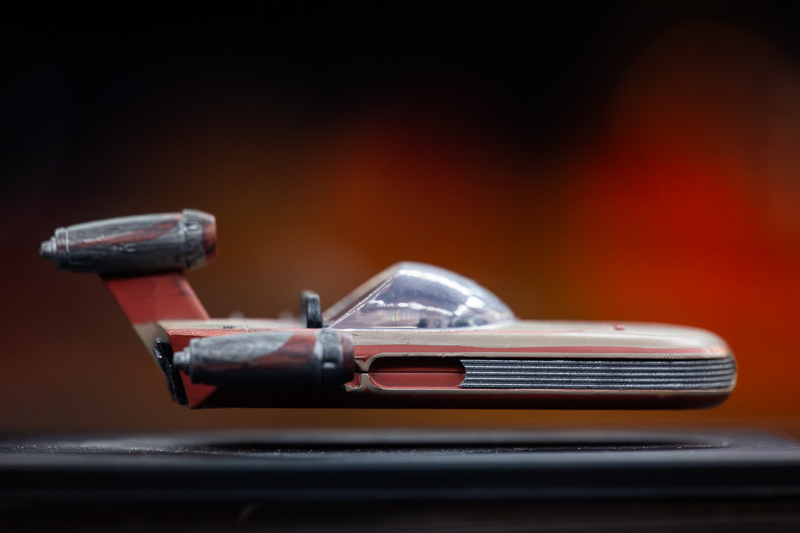

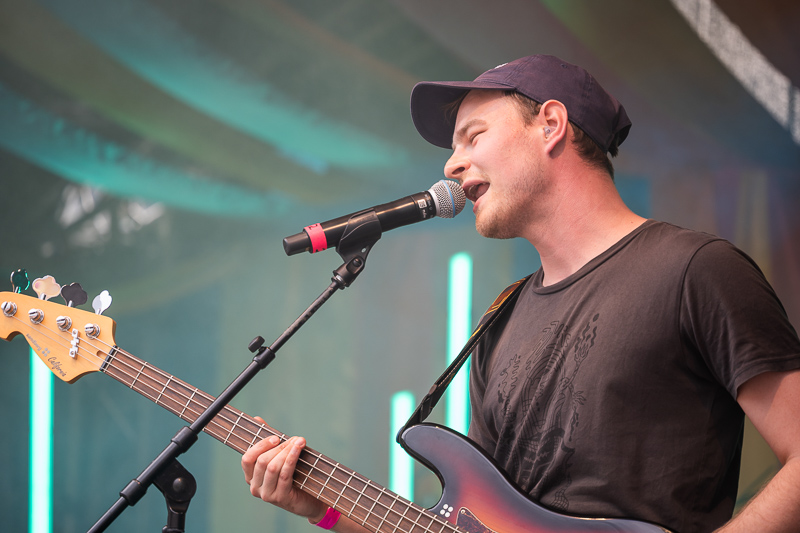
You can find most of the shots in this review in full resolution here.
Contents
Specifications
The Laowa 180mm 4.5 Apo Macro (Sony E-mount version) has the following specifications:
-
- Diameter: 68 mm
- Field of view: 13°70′ (diagonally at infinity)
- Length: 135 mm
- Weight: 523g (without hood[38g], without caps)
- Filter Diameter: 62 mm
- Number of Aperture Blades: 9 (rounded)
- Elements/Groups: 12/9
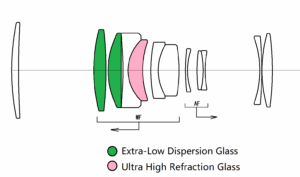
- Close Focusing Distance: 0.3 m
- Maximum Magnification: 1.5:1
- Mount: Sony E (AF), Nikon Z (AF), Canon EF (AF), Canon RF (MF)
buy from manufacturer’s homepage | ebay.com | ebay. de (affiliate links) for $499
Disclosure
The Laowa 180mm 4.5 Apo Macro was kindly provided free of charge by Venus Optics / Laowa for reviewing purpose for a few weeks.
Handling / Build Quality

This 180mm 4.5 looks features the same metallic dark grey casing design as Laowa’s other AF lenses, the Laowa 10mm 2.8 AF and the Laowa 12mm 2.8 AF before.
The focus ring is also the same at first sight, again featuring two bumps with a Laowa logo. What is special about this focus ring: it also doubles as the AF/MF switch. Turn the focus ring behind the infinity symbol and you have an AF lens. There is also a click stop at this setting which is always welcome.
There is a bit of a caveat here: the auto focus does not work across the whole distance range but only from 1.3 m to infinity. The manual focus does not have any limitations and works from 0.3 m to infinity.
Because the auto focus does not work at close distances, in-camera focus stacking functions will also not work here.
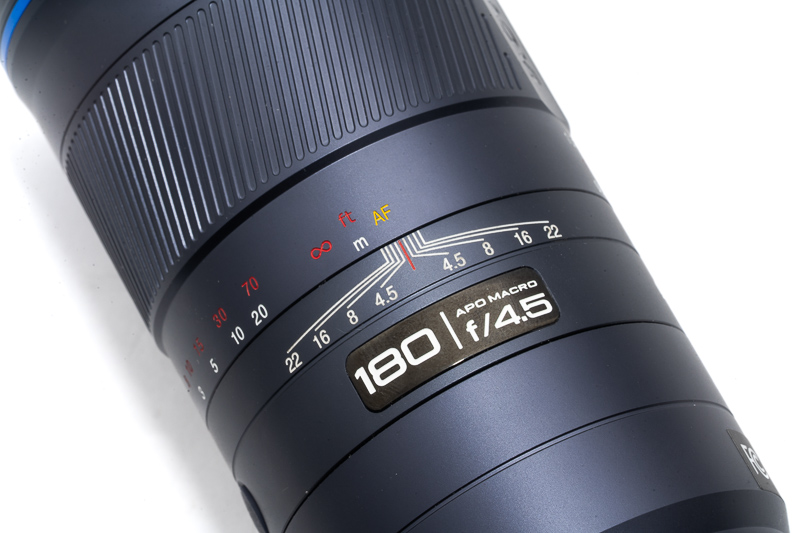
For an AF lens the focus ring is well dampened and it takes 180° from the minimum focus distance to infinity – similar to Sony’s GM lenses.
The E-mount version does not feature an aperture ring, you set the desired aperture in camera.
The lens also features a rubber gasket at the rear bayonet which some people think helps with keeping the sensor clean of dust and others think is mainly a marketing gag.
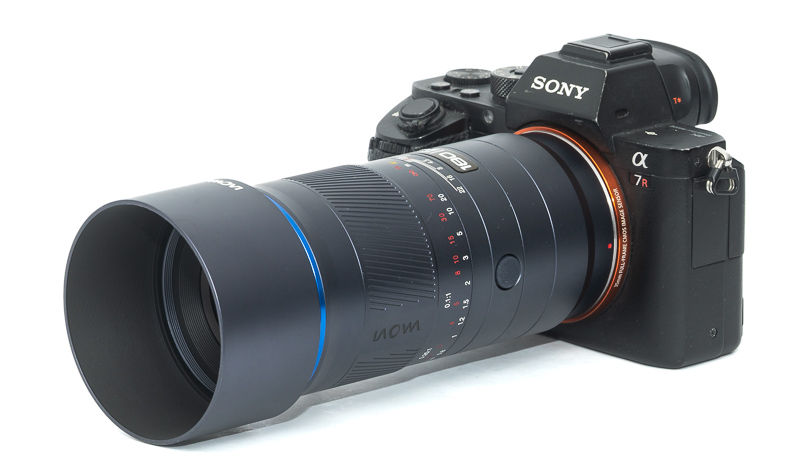
A short lens hood with matching design is also part of the package.
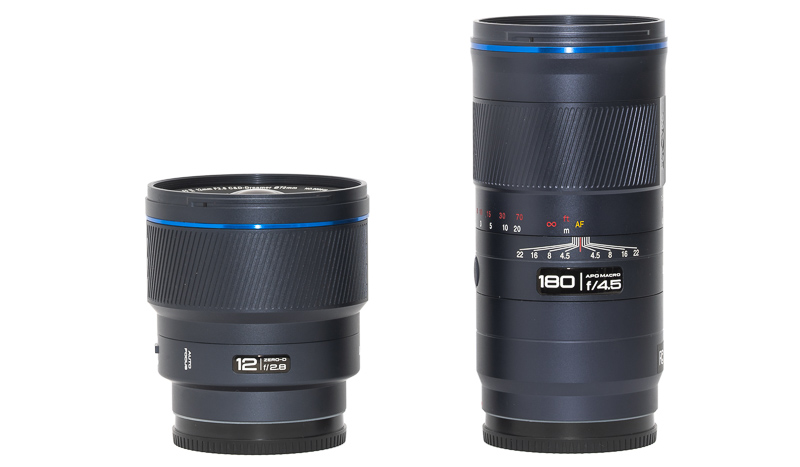
As said before the casing design is the same as the 10mm 2.8 AF and the 12mm 2.8 AF.
Auto Focus
I am not shooting sports or fast moving animals/humans so if you want to know if the lens is fast enough for this or how it compares to other lenses in this segment you may have to look for a different review with a more detailed assessment of this aspect.
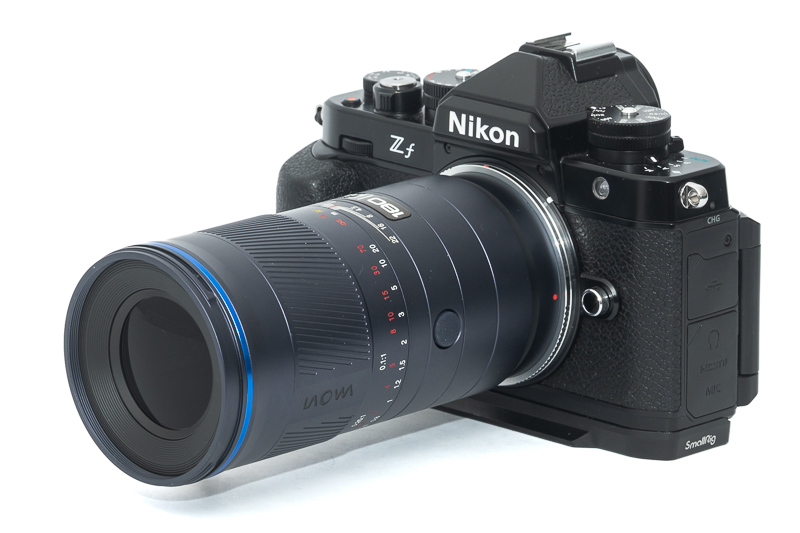
In everyday use I found the AF to be perfectly usable and also nearly silent.
The Laowa 180mm 4.5 also worked flawlessly via the megadap ETZ21pro adapter on my Nikon Zf.
Vignetting
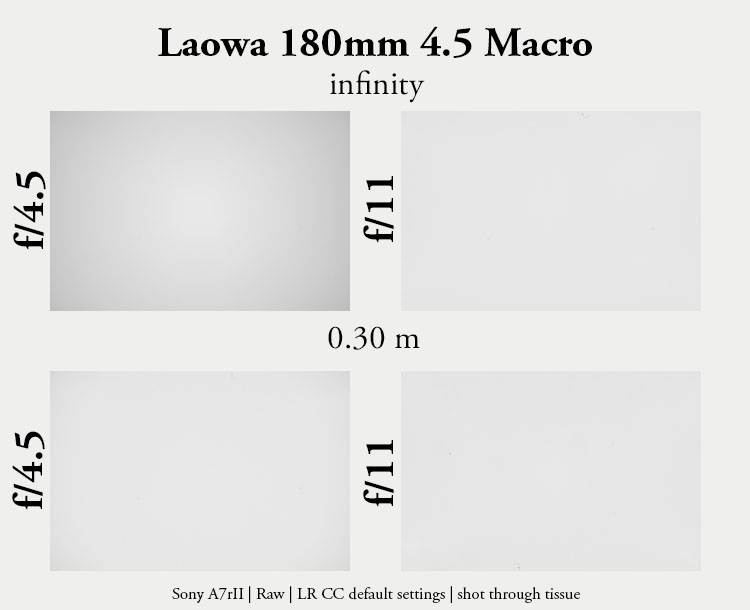
| infinity | 1.5:1 (0.30 m) | |
| f/4.5 | 1.2 EV | 0.5 EV |
| f/5.6 | 0.4 EV | 0.2 EV |
| f/8.0 | 0.2 EV | 0.1 EV |
| f/11 | 0.1 EV | 0.1 EV |
After seeing the small front element I was afraid we may encounter higher-than-usual-for-a-tele vignetting figures, but that isn’t the case.
The vignetting figures are low at infinity and there is practically none at closer distances.
It is recommended to have a look at this article first to get an idea how this brightness graph works.
Sharpness
infinity (42mp Sony A7rII)
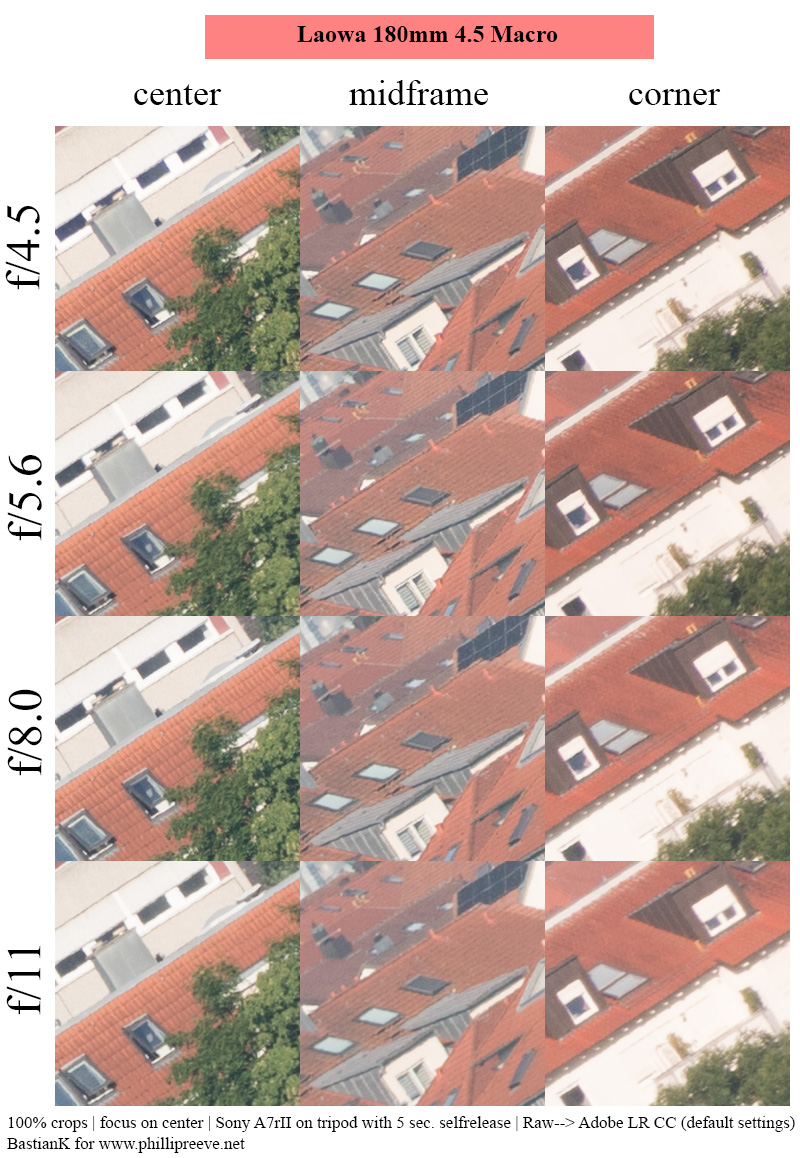
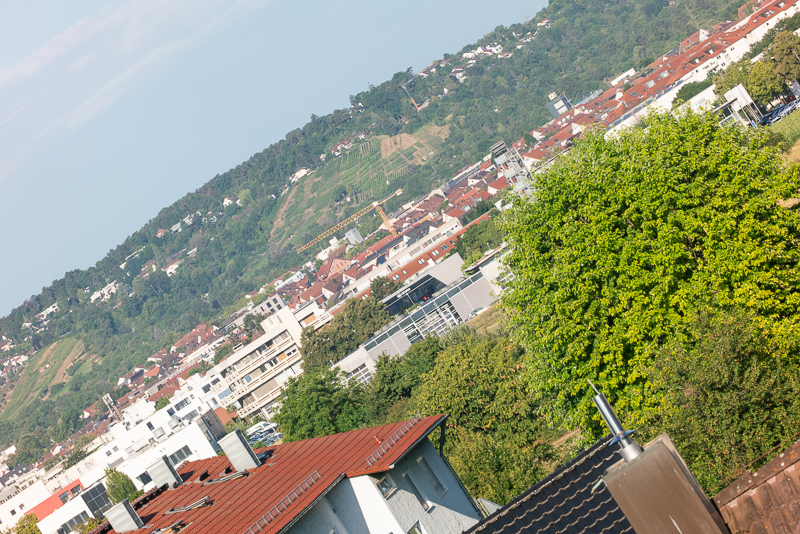
If you were afraid the “macro” in the name means subpar performance at infinity I am happy to report that isn’t the case at all. From its maximum aperture the performance doesn’t leave anything to be desired here.
Keep in mind: at these distances heat haze and vibrations can have a big influence on ther results.
close 0.36 m, 1:1 (42mp Sony A7rII)
100% crops from center, A7rII
Sony E-mount cameras (unlike Nikon cameras) do not show the effective aperture value of macro lenses at closer distances, so I will just use the theoretical value at infinity as it will be displayed in camera and in the Exif data here and for the sample images.
At life size magnification I see peak performance at f/5.6, beyond that diffraction seems to kick in.
very close 0.3 m, 1:1.5 (42mp Sony A7rII)
100% crops from center, A7rII
To my knowledge this is the first macro lens offering a 1.5 times magnification. As you can see this is a noticeable difference compared to 1:1 magnification and also here the performance looks best to me at f/5.6.
For magnification of 1.5:1 and even for 1:1 magnifications a test subject with finer structures and a setup allowing for a crucial alignment of camera and subject would have been advisable.
So see these last two sections as a general idea of what to expect at these magnifications from this lens and not as a conclusive assessment of this lens’ performance at high magnifications.
Flare resistance
Traditionally tele lenses do not have a lot of issues with ghosting, but veiling flare can be a problem. This Laowa 180mm 4.5 Apo Macro is no different.
As you can easily see: with the sun outside the frame it is easy to catch massive veiling flare. I was using the short hood for all the pictures in this section, but it doesn’t make much of a difference.
Stopped down we can also see some small ghosts and not much has changed when it comes to veiling flare. As ususal I am showing you the worst case scenarios here, often slightly reframing can mitigate those artefacts significantly.
At the end of the day, a typical performance for a short tele lens.
Distortion
The lens is practically distortion free at all distances. Nice!
Coma
As this is one of the slower short tele lenses I don’t think a lot of people are going to use it for deep sky photography, but if they do Coma will not be in their way, as the correction looks very good to me.
Bokeh

A maximum aperture of f/4.5 may not sound that impressive at first sight, but thanks to the long focal length of 180mm it still allows for some shallow depth of field photography and can also be used as a long portrait lens.
Macro


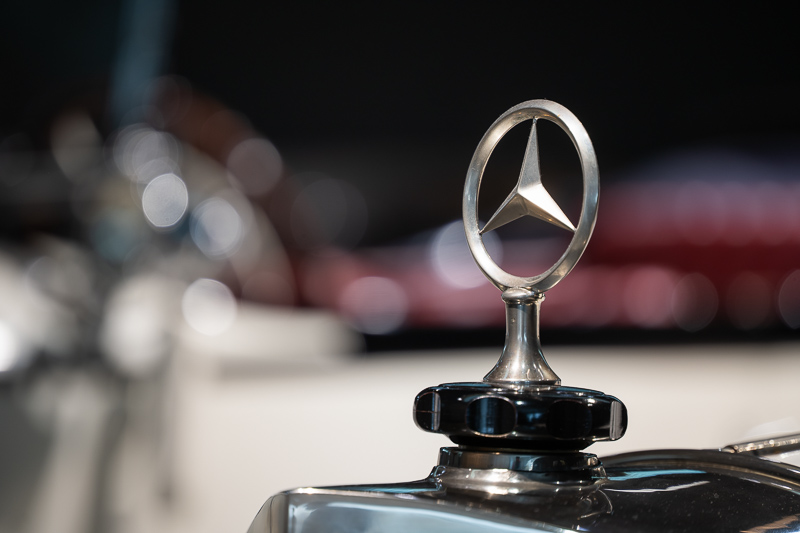
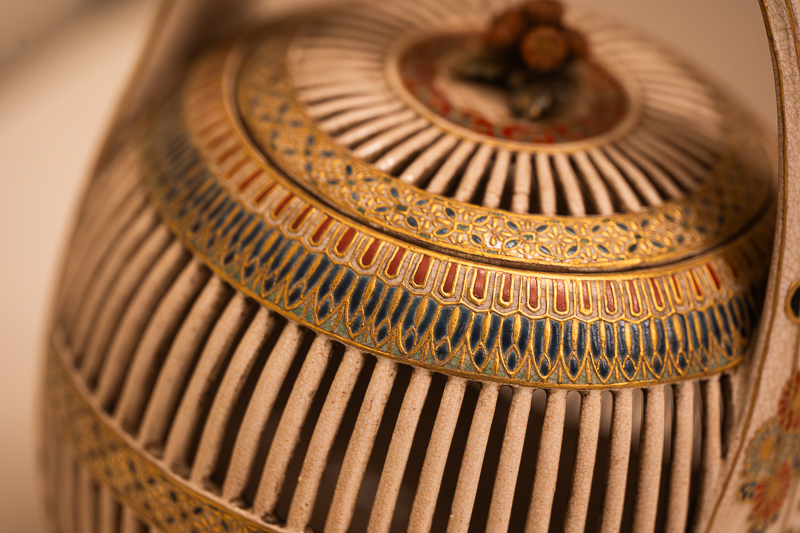
In macro applications you will often find yourself having to work around a too thin depth of field rather than complaining that there isn’t enough bokeh in your pictures. This is why many professional macro photographers have to use focus stacking techniques.
I am not sure I have seen a macro lens with bad bokeh in close focus scenarios yet and also here everything looks good to me. An older macro lens may render a slightly smoother background at the cost of a less well defined focal plane though.
Non Macro
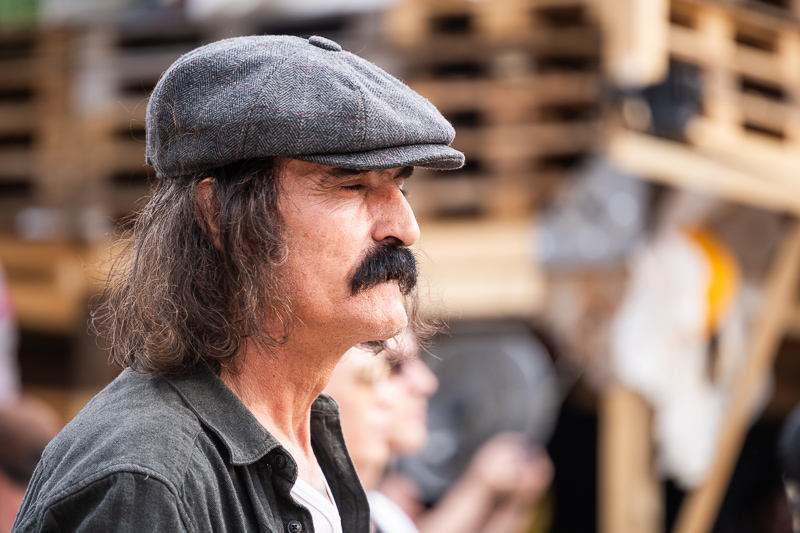


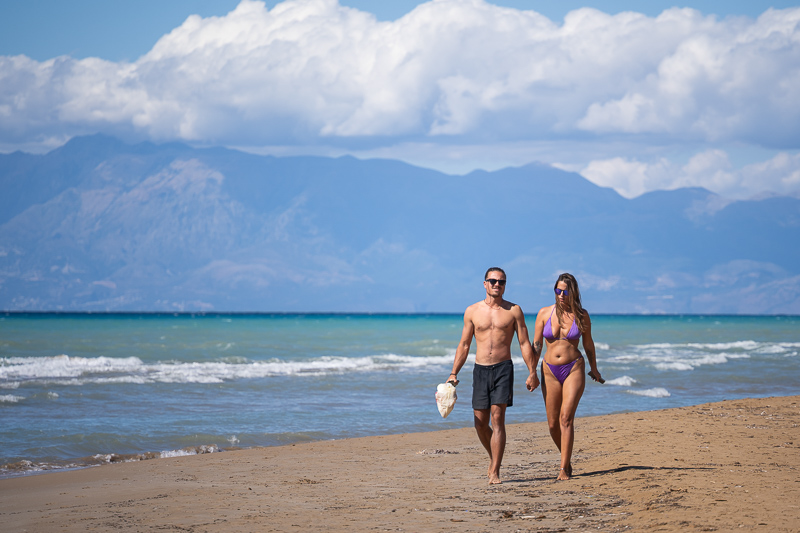
Also at longer focus distances this lens renders a mostly nice and unobtrusive bokeh. If you are used to faster portrait lenses like an 85mm 1.4 or 135mm 1.8 you may not find this lens rendering “blurry enough” backgrounds though.
Sunstars
The sunstars don’t look that amazing to me, but then I am super happy decided to go for 9 rounded aperture blades this time and not to the awful diaphragm made of 7 straight ones they decided to use for the Laowa 85mm 5.6 2:1 Macro, as I personally care way more about nicely round highlights stopped down a bit then about nice sunstars in a 180mm lens.
Chromatic aberrations
lateral
I can see a low amount of lateral CA here, but nothing to worry about: these are easily corrected by just one click in a decent Raw converter.
longitudinal
There is an “Apo” tag to be found on this lens and not only purple fringing but also bokeh fringing is practically non existent.
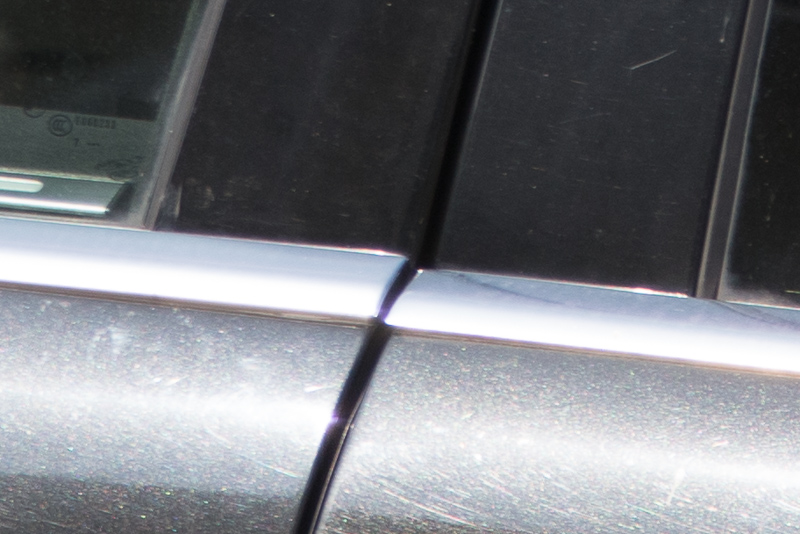
Conclusion
good
|
average
|
not good
|
Once more Laowa released something unique with this 180mm 4.5 Apo Macro and its dual focus mechanism. The optical performance hardly leaves something to be desired – at any distance – and it comes in an affordable and still reasonably compact package.
If you also want to rely on the auto focus for macro applications or if you are using a camera with built-in automated focus stacking this lens might not be for you though. Also personally there were a few times I would have hoped for the auto focus to work at closer distances, too.
Still, if you are looking for a modern macro lens in this focal length range and you can live with focusing manually at closer distances, I am pretty sure you will end up being very happy with this lens.
buy from manufacturer’s homepage | ebay.com | ebay. de (affiliate links) for $499
Alternatives
There are not a lot of modern long macro lens alternatives. The latest release at this point (fall 2025) is the Sigma 180mm 2.8 EX DG OS HSM Macro from 2012. It is 4/3 of a stop faster, but also way bigger and heavier making it not a lot of fun to use – especially adapted to a mirrorless camera.
Personally I have been using a Sigma 180mm 5.6 Apo Macro from 1990 the past years. It offers good optical performance across the whole distance range in a very compact package. It only offers a maximum magnification of 1:2 though and while the MF versions are rare, the AF versions feature pretty bad mechanics and compatibility to today’s AF adapters.
Canon and Tamron also had 180mm 3.5 macro lenses in 1996 and 2003 and Nikon had their Nikon AF 200mm 4.0D IF-ED Micro-Nikkor even before that in 1993. I haven’t used these lenses personally (yet), but due to their age I don’t think they can compete with this Laowa in terms of optical performance.
In the E-mount world another really interesting alternative is the Sony FE 70-200mm 4.0 G Macro OSS II (affiliate link). It may only offer a maximum magnification of 1:2, but it is an extremely versatile zoom lens with class leading autofocus performance and image quality at a surprisingly low weight of just under 800g. The problem is, it costs four times as much as this Laowa lens.
Sample Images
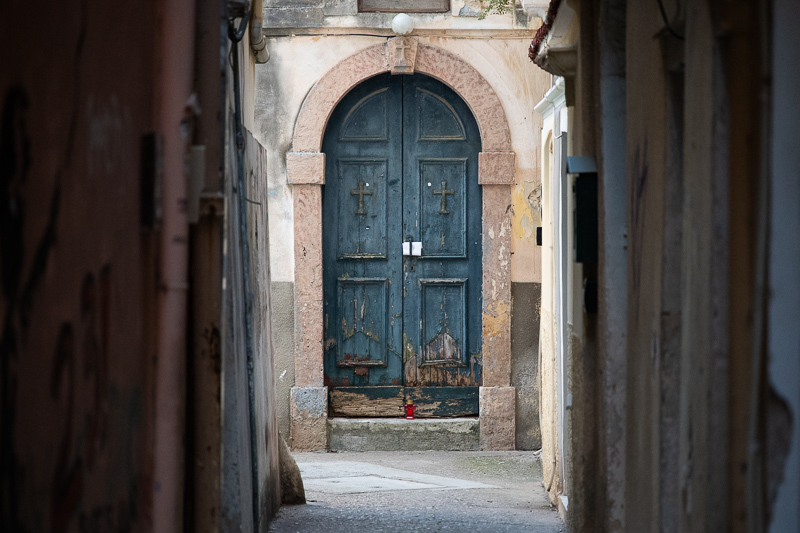
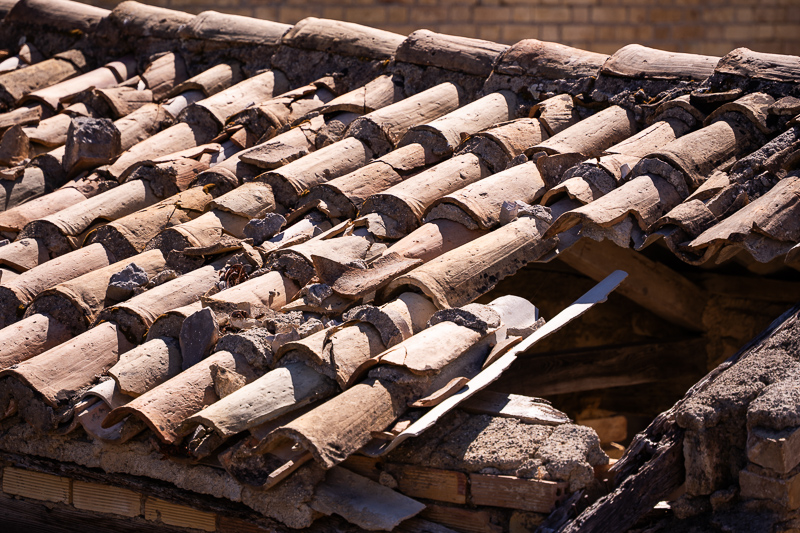
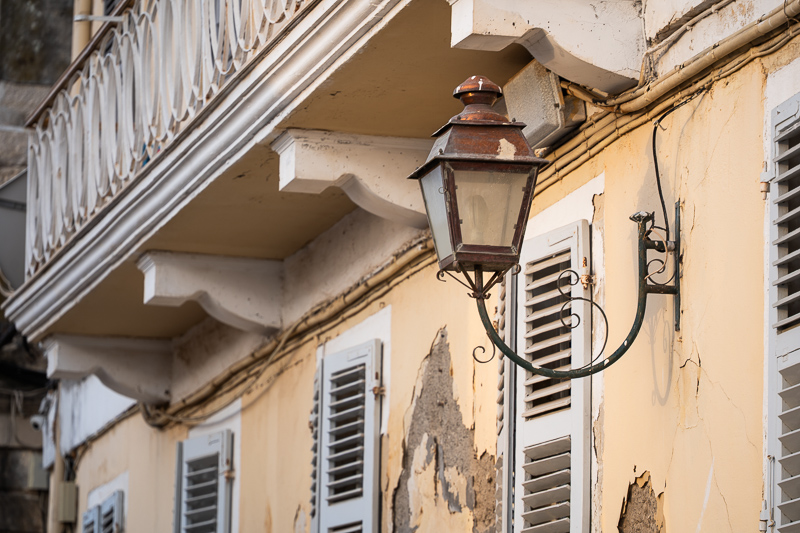
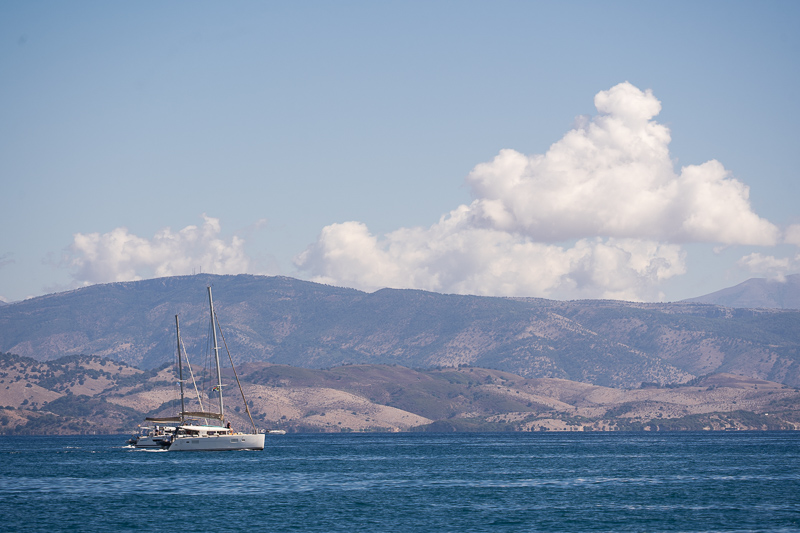
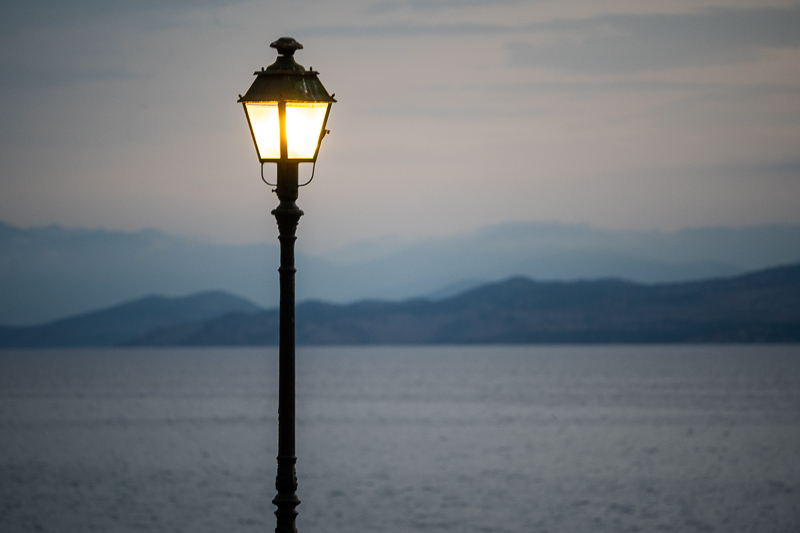
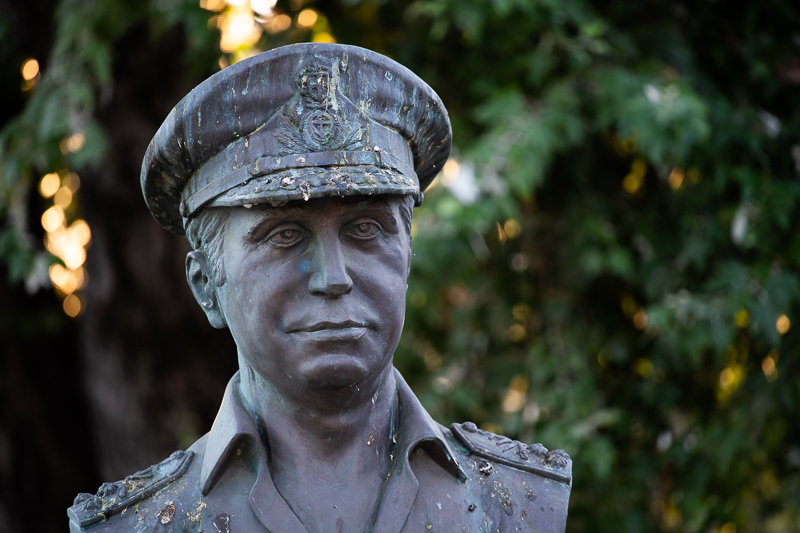
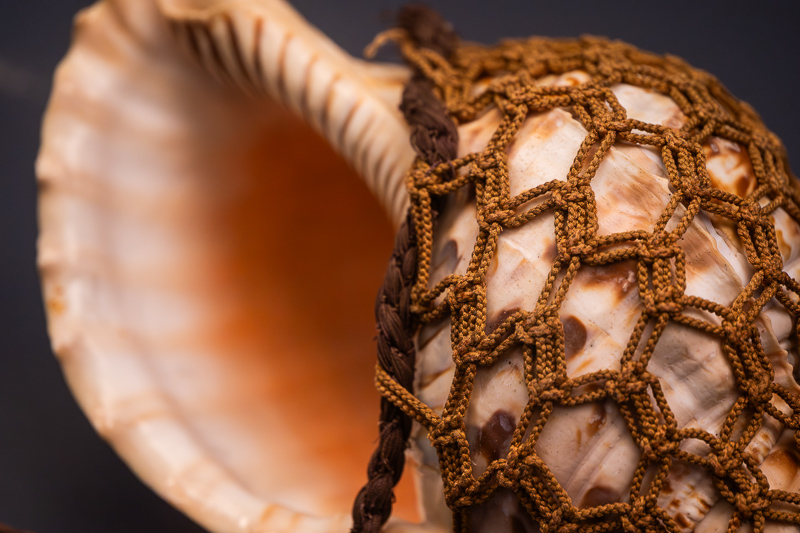

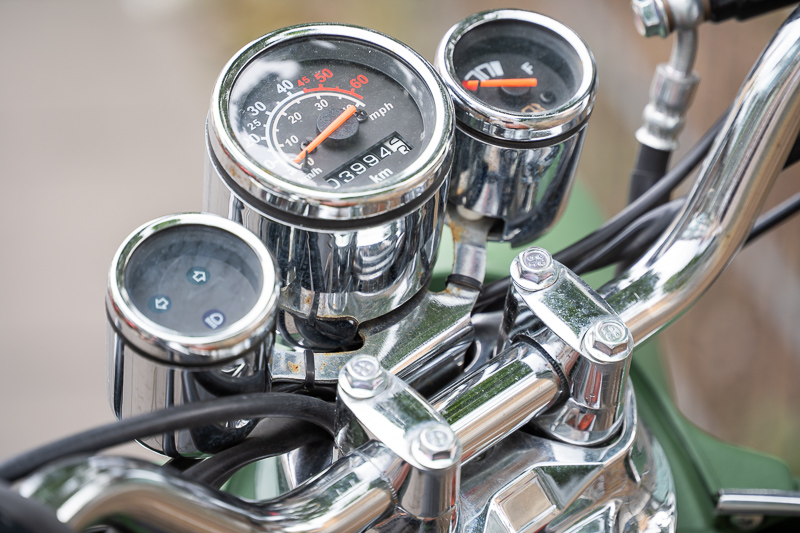
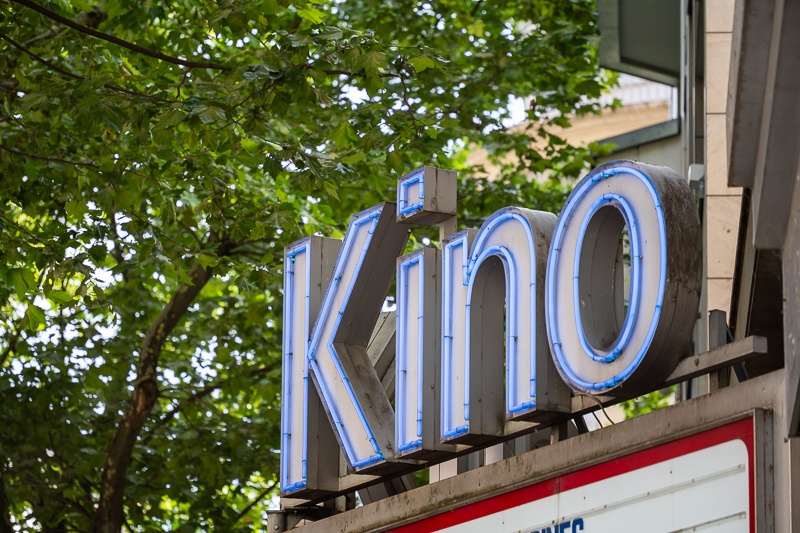
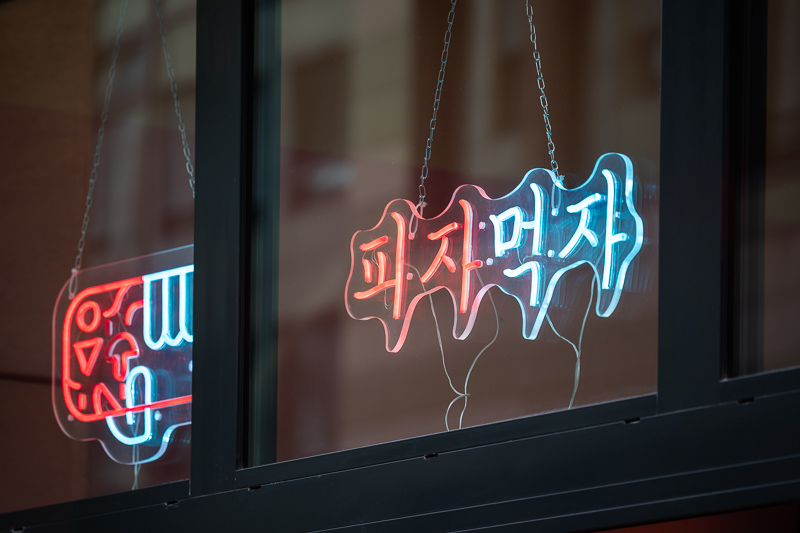


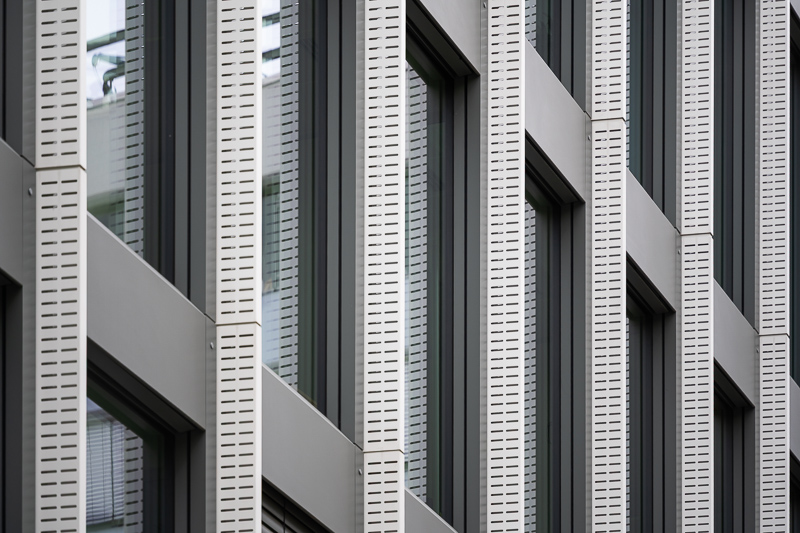
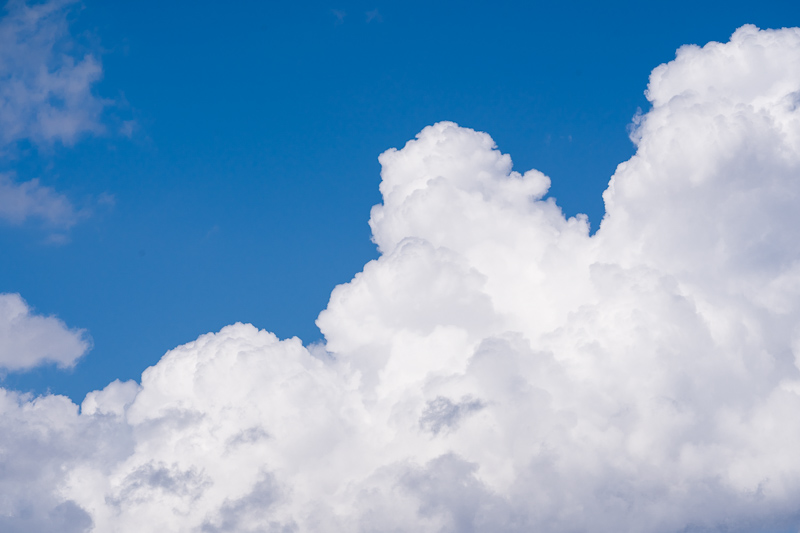
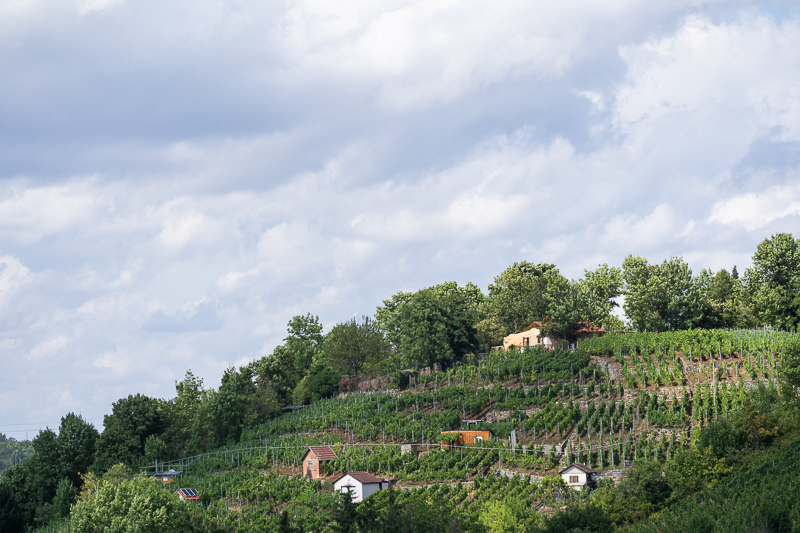
You can find most of the shots in this review in full resolution here.
Further Reading
- All Lens Reviews
- Review: Laowa 15mm 5.0 Cookie
- Review: Laowa 28mm 1.2 Argus
- Review: Sony FE 85mm 1.4 GM II
- Review: Canon EF 200mm 1.8L USM
Support Us
Did you find this article useful or just liked reading it? Treat us to a coffee!
![]()
![]()
![]() via Paypal
via Paypal
This site contains affiliate links. If you make a purchase using any of the links marked as affiliate links, I may receive a small commission at no additional cost to you. This helps support the creation of future content.
Latest posts by BastianK (see all)
- Review: Samyang Remaster Slim 21mm 3.5 | 28mm 3.5 | 32mm 2.8 - October 5, 2025
- Review: Mr. Ding Optics 35mm 1.8 Pactcron - September 28, 2025
- Analogue Adventures – Part 44: Kodak Elite Chrome 200 (expired) - September 24, 2025
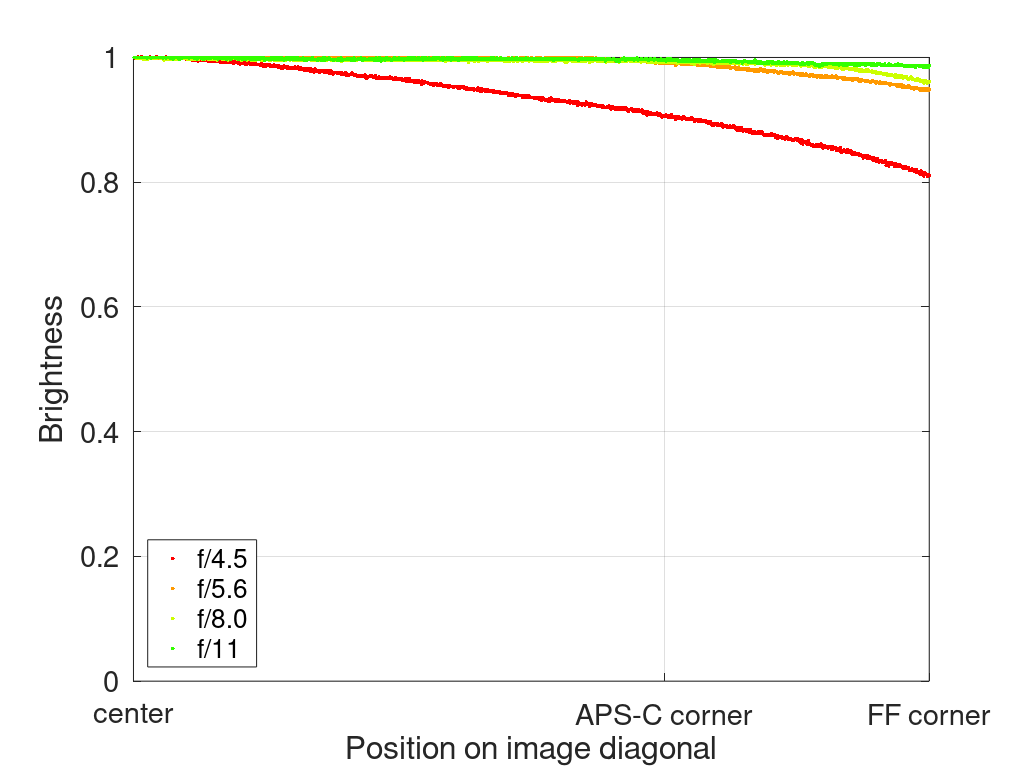




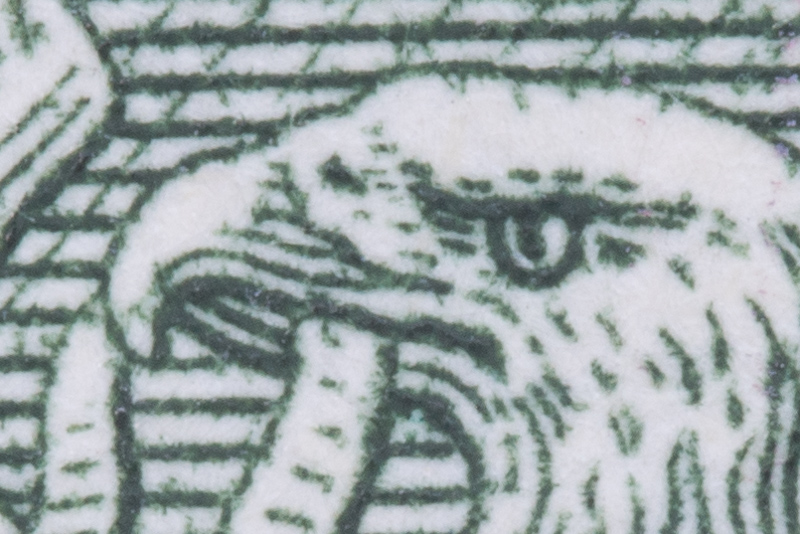


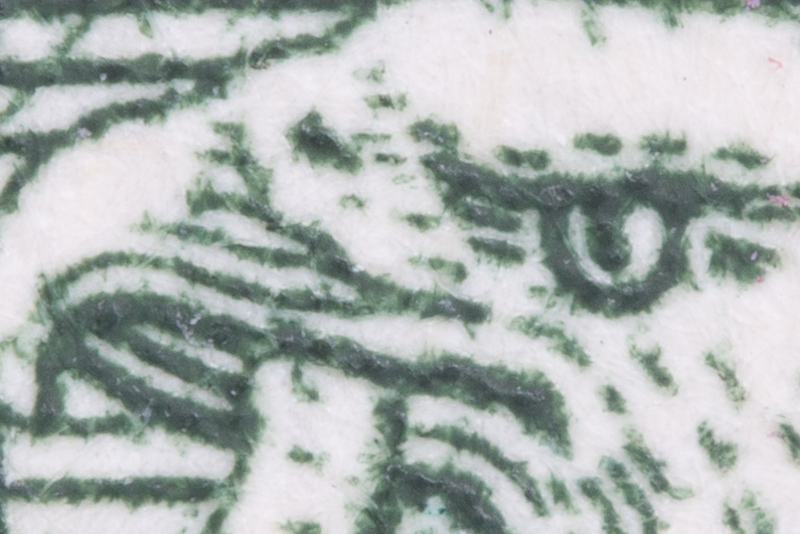

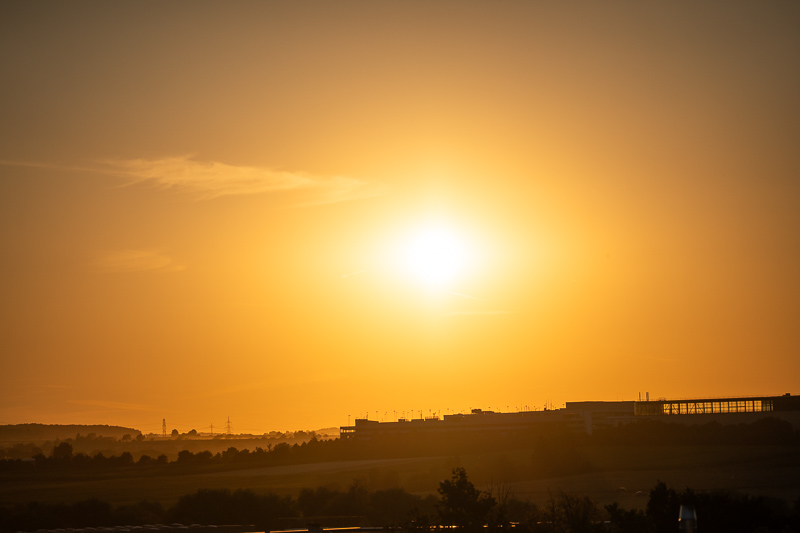

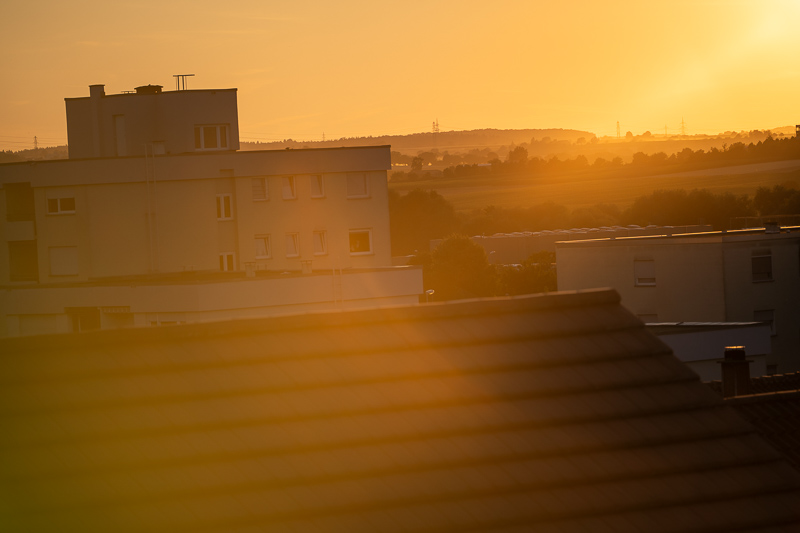
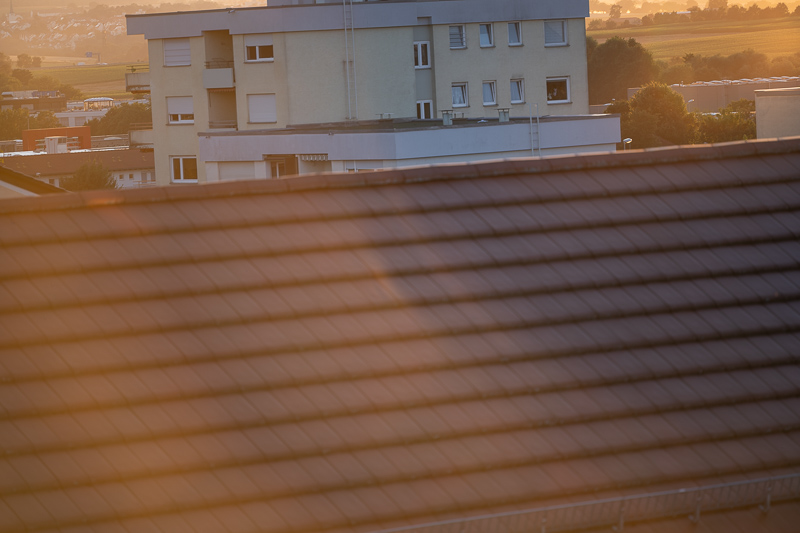
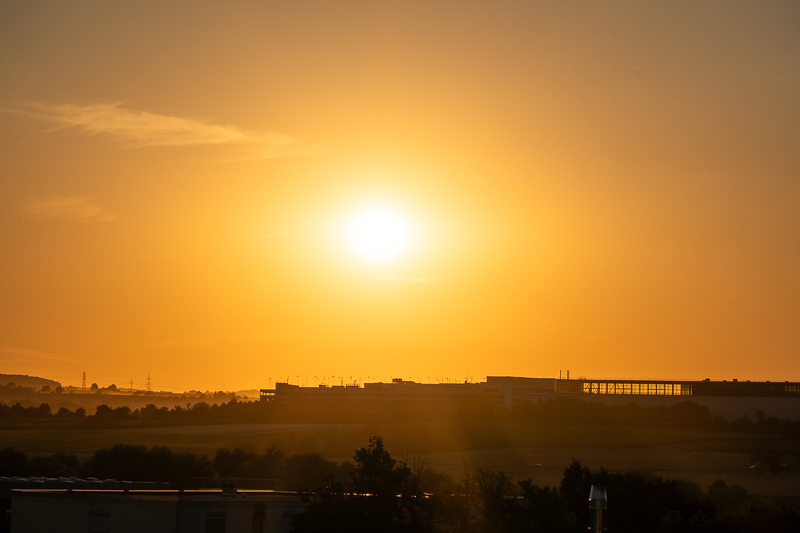
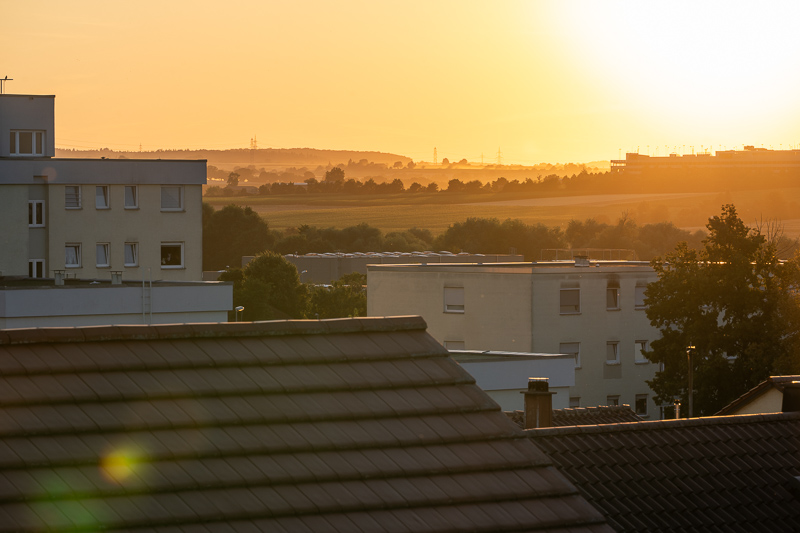

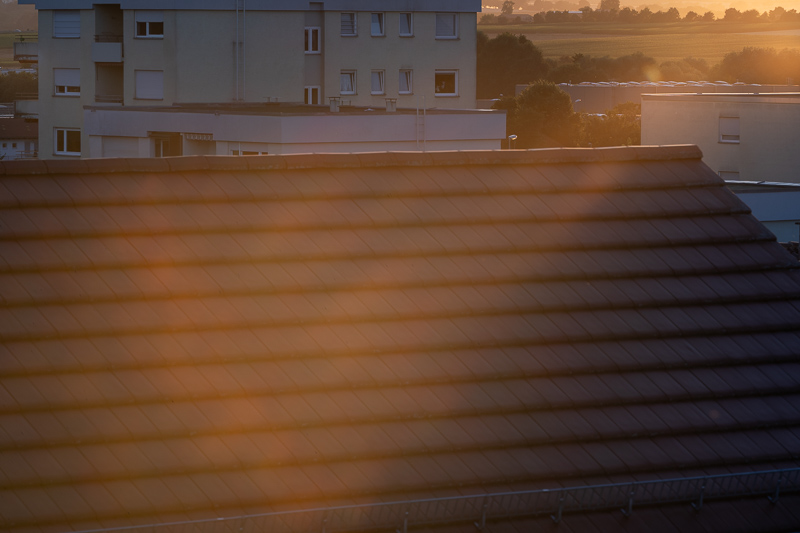
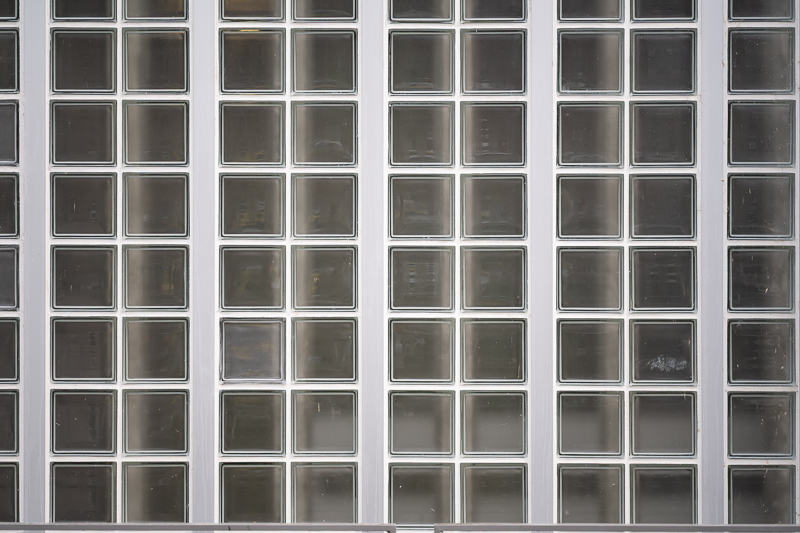

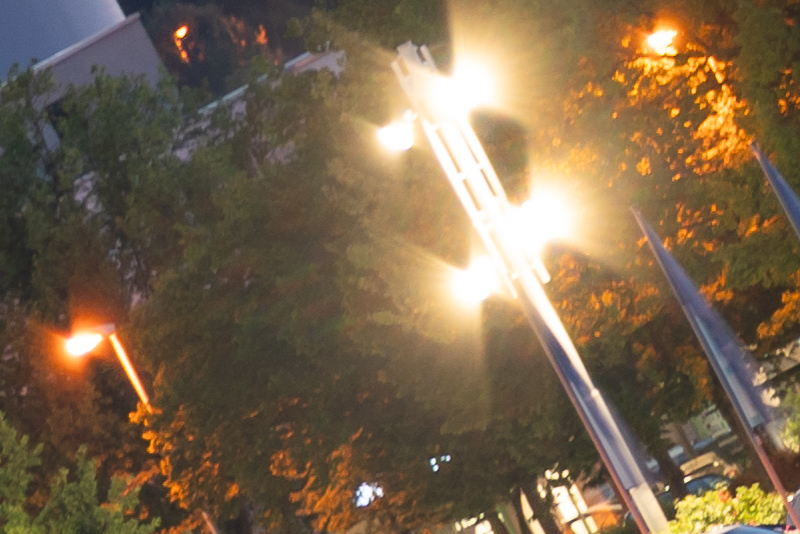
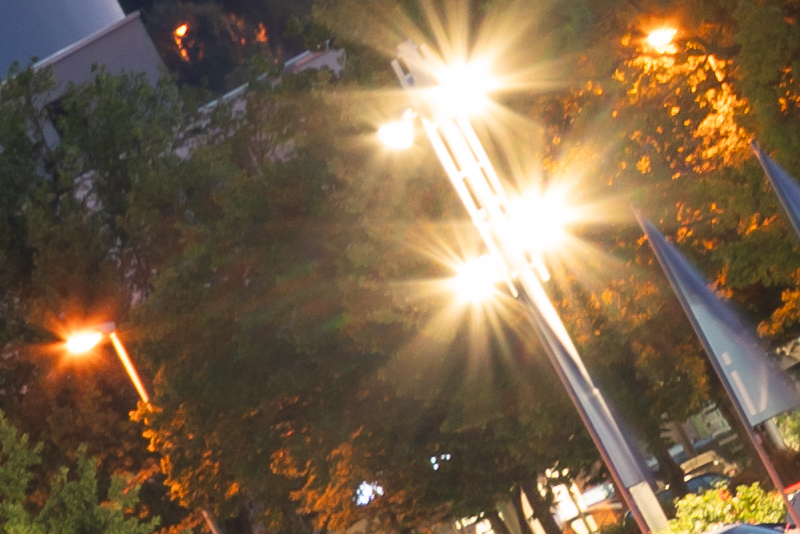
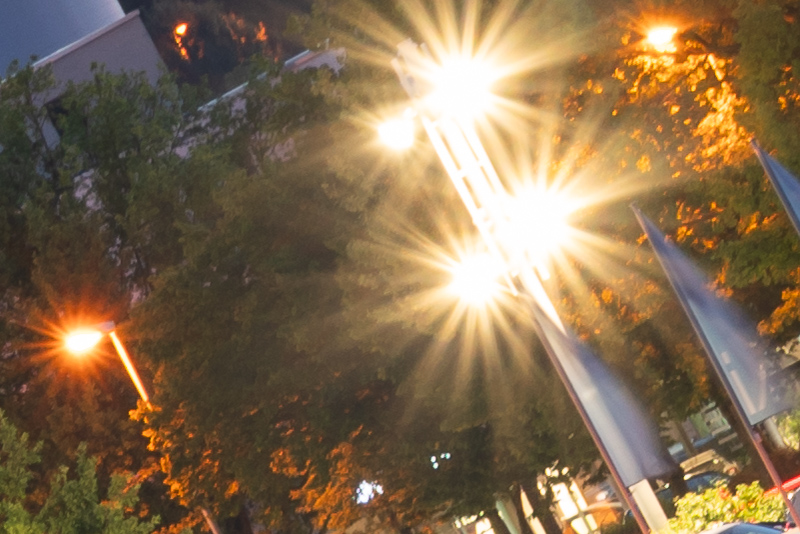
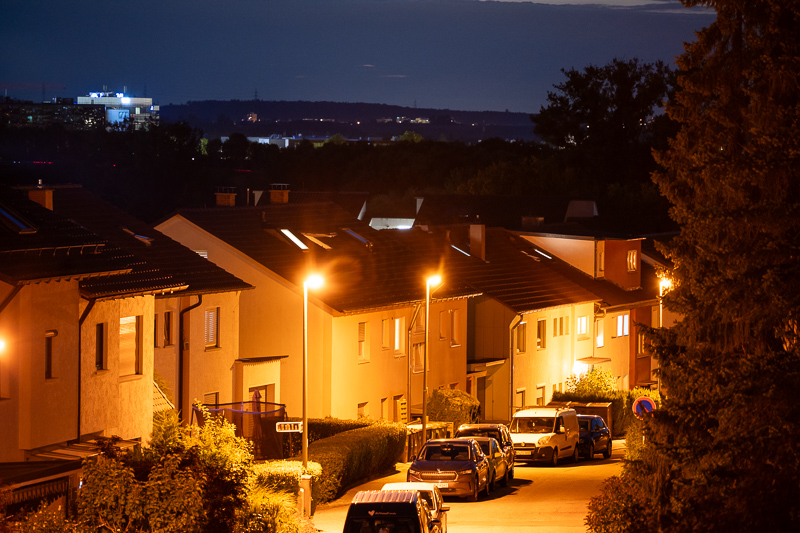
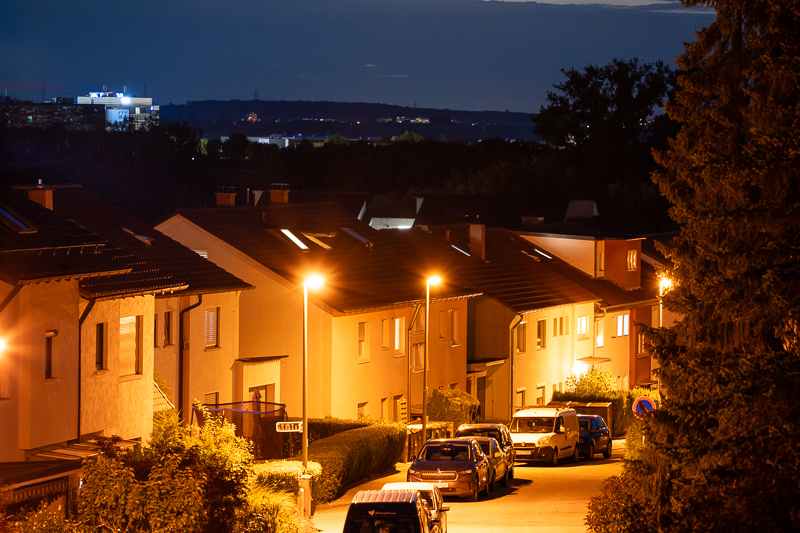
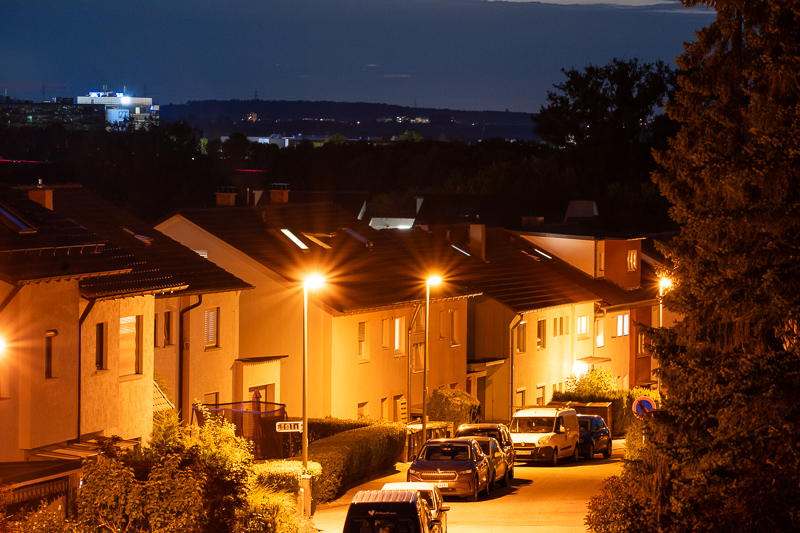
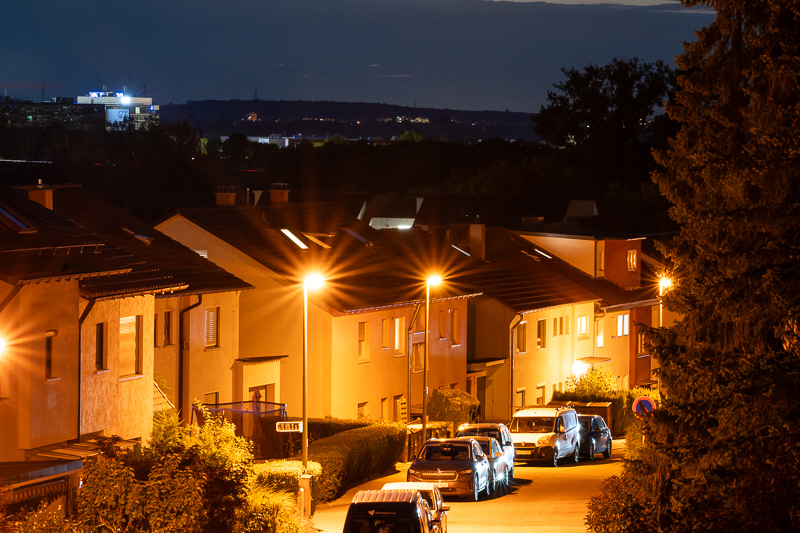
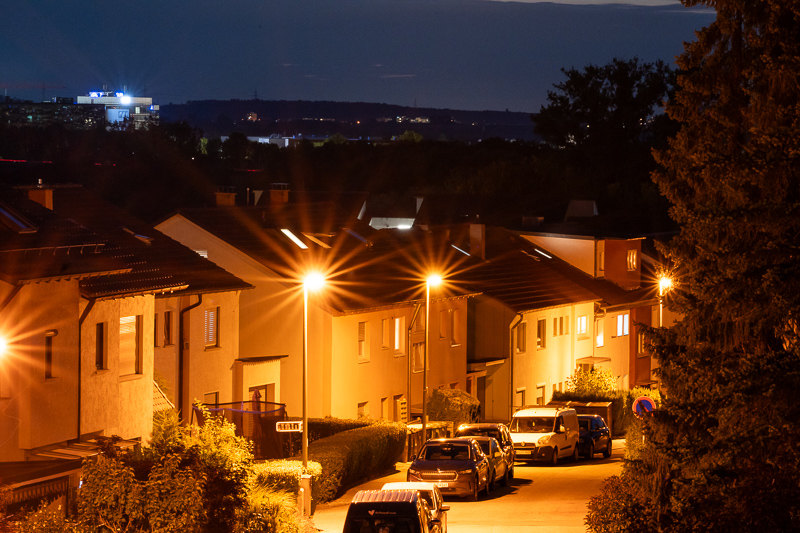
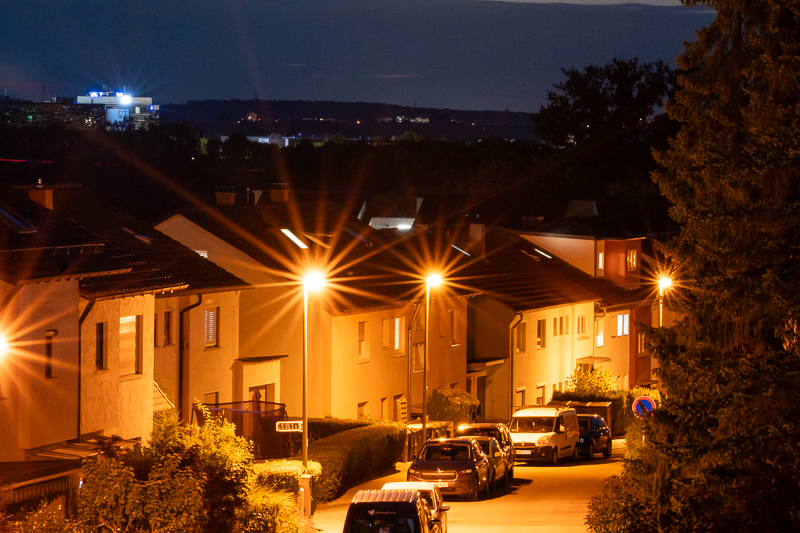
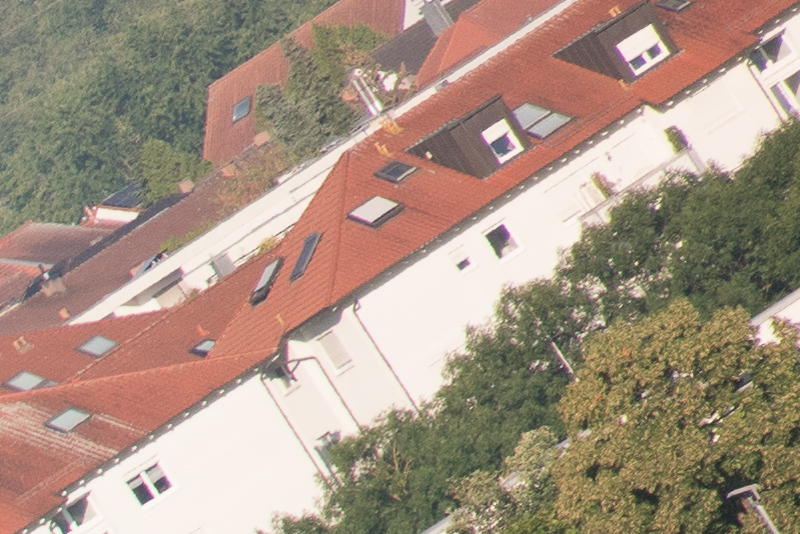
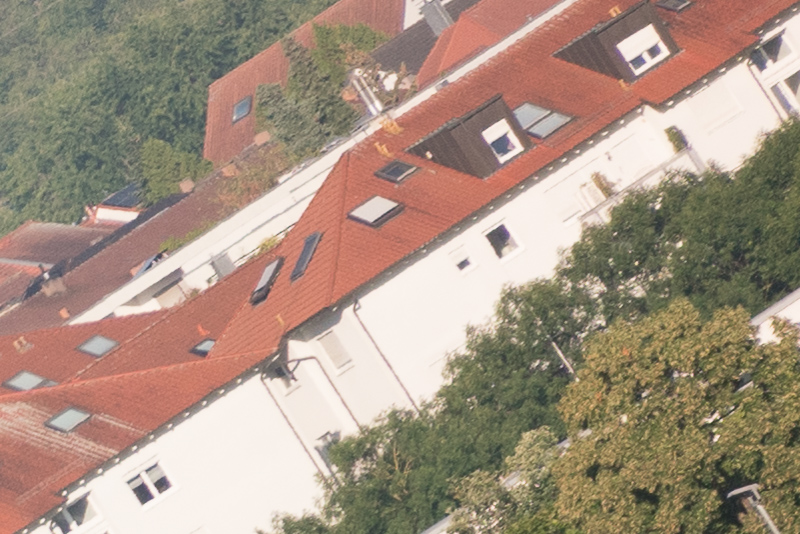
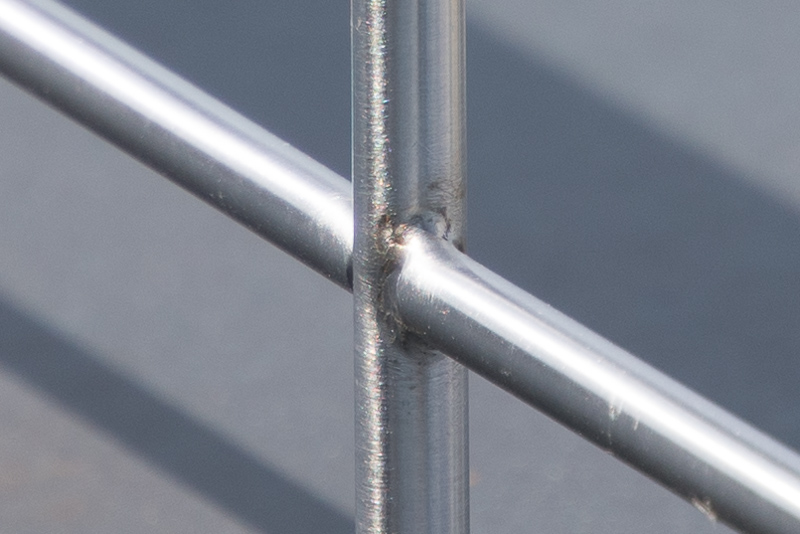
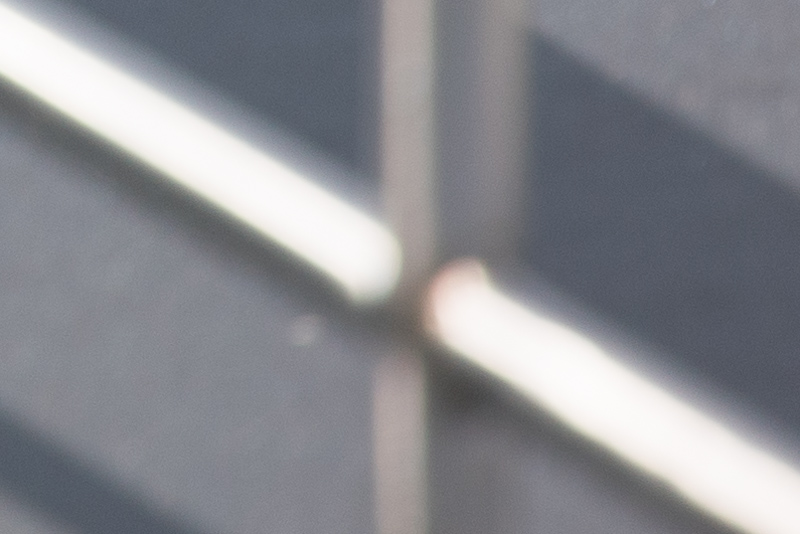

If I understand the lens diagram correctly, the lens group used to focus in AF is different than the one used in MF. That would explain the different focus ranges and why the MF ring has to be set to infinity to engage AF.
But that means that the lens performances could theoretically be different between MF and AF for anything else than infinity. It would be worth comparing the two modes at 1.3m which is the closest common focus.
It doesn’t make enough of a difference to actually care about.
The first thought I had when I saw the headline is that finally we get an alternative to the old Sigma 180mm semi-macro. Except for size, everything else seems to be a step up (and it’s less “zen”, for those who know what I’m talking about). Interesting option. I’m curious about the longevity of Laowa AF lenses, but that will take years to find out (hopefully).
That Sigma is a lot of fun though, and the fact that it is such an underdog these days just makes it sweeter. Not the prettiest lens, but neither are new Laowas.
That’s an interesting lens. On one hand, it seems to deliver a very even performance edge to edge, but at the same time – somehow lacks the punch some other lenses have. Bokeh seems nice, which is a must have. That is sometimes the kind of a tradeoff we get with macro lenses that we have seen when Sigma 150/2.8 EX DG HSM got the OS “upgrade” – better sharpness, but more distracting defocus.
Bastian, what do you think – would it make a good choice to scan negatives, or other lenses are better suited for this purpose on the Nikon Z mount?
I don’t see a reason why it shouldn’t be suitable to scanning negatives. Almost no distortion or vignetting at closer distances.
If you want the lens primarily for other subjects and the film digitizing function is just an added use at zero added cost, sure, give it a try.
But if the digitizing function is the primary use, I think in many situations the greater sensor-to-film distance with a 180mm might be physically more inconvenient (more arm movement and reaching needed) compared to using a shorter focal length, or might not even work if using a copy stand and your stand doesn’t allow the camera to be raised high enough for the distances needed. I’d definitely check what distance is needed at 1:1 (or whatever the required magnifications for your sensor and the film sizes to be digitized), and relate that to potential positioning of camera and film-to-be-digitized on your copystand. Also, on a copy stand, even assuming no positioning limitations, a longer focal length will necessitate having the camera higher than would be the case with a shorter focal length, so you may be unable to use the EVF, and on a less-solid stand, you could get more vibration.
I was looking for an alternative to the Canon 200/2.8, which I sometimes take with me, along with a Voigtlander 35/50/90mm APO kit. 90mm can sometimes be too short. For landscape photography, the 200/2.8 is quite light, but too big and heavy to take just in case. This Laowa is perfect. It’s twice as light and smaller. I also looked for the Voigtlander 180/4mm APO, but it was quite expensive. The Laowa has, I think, excellent quality for long distances and also has a super macro feature. The only drawback is the strange 62mm filter; maybe a 62->58mm adapter won’t be a problem. I ordered the Laowa.
For landscape, the old Minolta MD (or MC) Tele Rokkor-X 200mm f/4 from 1977 may be of interest. I also like the bokeh for closer focus (unfortunately min focus is 2.4m for my version), and it’s a mere 400g without adapter! — I got interested and bought one back in the day when this site was still about adapting old lenses. In fact Phillip Reeve himself did some test shots of the MC version, https://phillipreeve.net/blog/manual-minolta-lens-ratings/ 🙂
This is a really impressive set of balanced design choices and compromises. It’s great that there is something modern and inexpensive to fill the lightweight tele prime niche. And I highly approve of Laowa’s approach of offering the lens in multiple camera mounts – including, crucially, one DSLR mount (EF mount).That EF mount opens up options.
While, for some reason, the L-mount version of this lens doesn’t seem to provide autofocus, L-mount users have the option to buy the EF version instead and adapt it to L mount with an autofocus adapter like the Sigma MC-21.
And the EF mount even makes it technically possible to mount this lens on a Fuji GFX medium format camera. I wonder how well it illuminates the edges of the frame, given the low vignetting numbers shown on 35mm in this review here? (Note: there’s a strong possibility that it doesn’t illuminate the corners on GFX… or that the corners, even if illuminated, are not sharp. But I’m still curious to find out, and I mention it as an example of how nice it can potentially be to have an EF mount version of a modern lens)
Yes, You have right. I for Canon R5 use only EF or Leica M. When I use EF I have adapter with filter drop-in – I have one polar or ND filter for every EF lenses. Is it especially good for wide lenses like Irix 11mm or 15mm.
Good stuff as always, Basitan. In some of the video reviews, the lens looks more purple than the deep grey look of your review copy. Is it a white balance difference, or are different colors available?
Also, for alternatives, there is the old Minolta AF 200/4, which is a very good macro. AF is a bit disappointing on the LAEA-5 (hunts quite a bit) but, optically, it’s still nicely solid.
I am not aware of different colors, but maybe the MF versions or certain mounts look different. I wasn’t told about that though.
Gotta say, I am constantly impressed with this company. They’re up there with Voigtlander for sure
No focus bracketing = no buy for me. What a shame, I’d really want to buy a 180mm macro lens.
Canon EF 180mm macro on R mount. Great lens at least my sample, and in body focus bracketing. On the heavy side 😉
Small and light, Olympus 180mm eq. on small format.
I agree, it’s a pity nobody could design such a precise stepping motor to be able to move lenses in scale more than 1:1.
Thank you for this review. I’m tempted to replace my Sigma 105mm f2,8 macro and Canon 200mm f2,8 for this Laowa. It looks like Sigma is a little bit sharper in macro mode, but this difference would matter only to “pixel peepers” addicts :-).